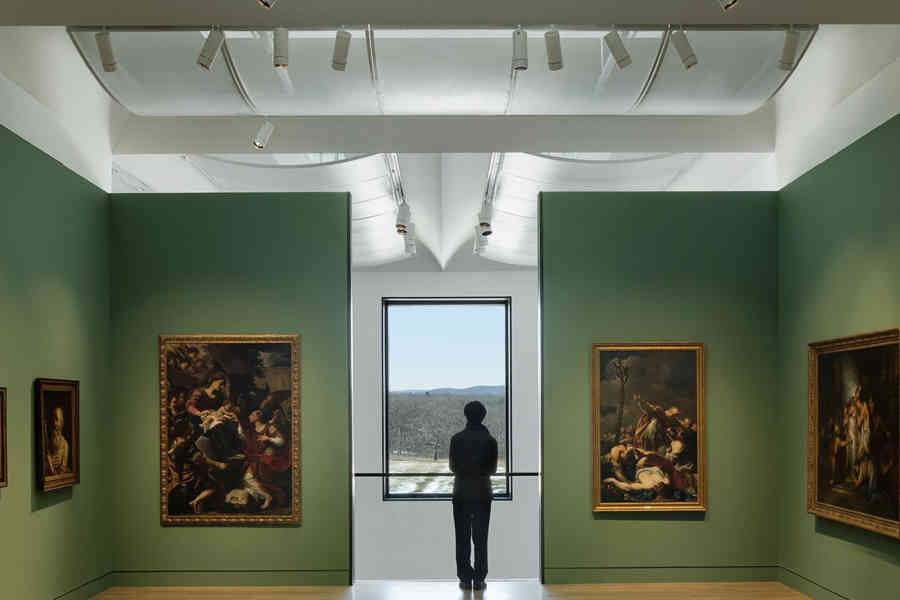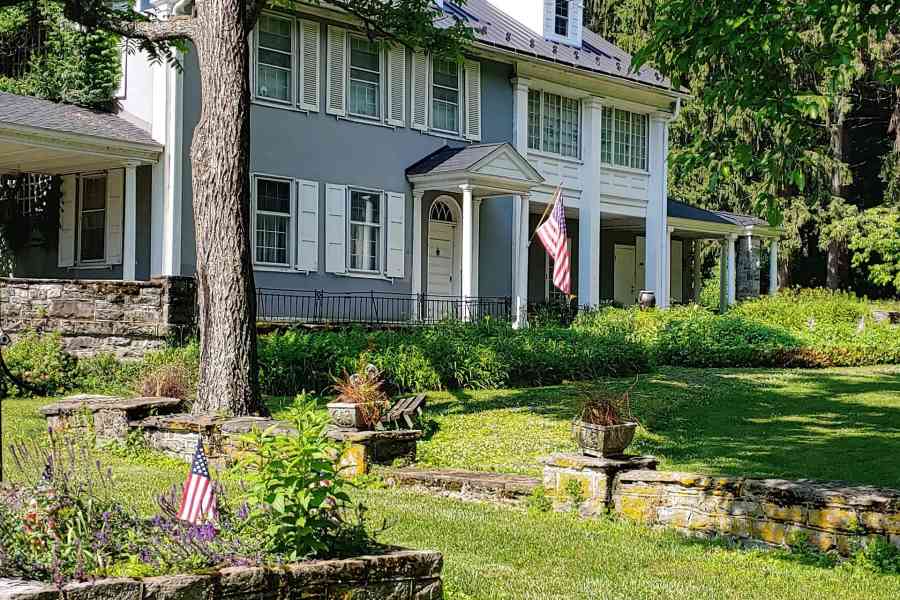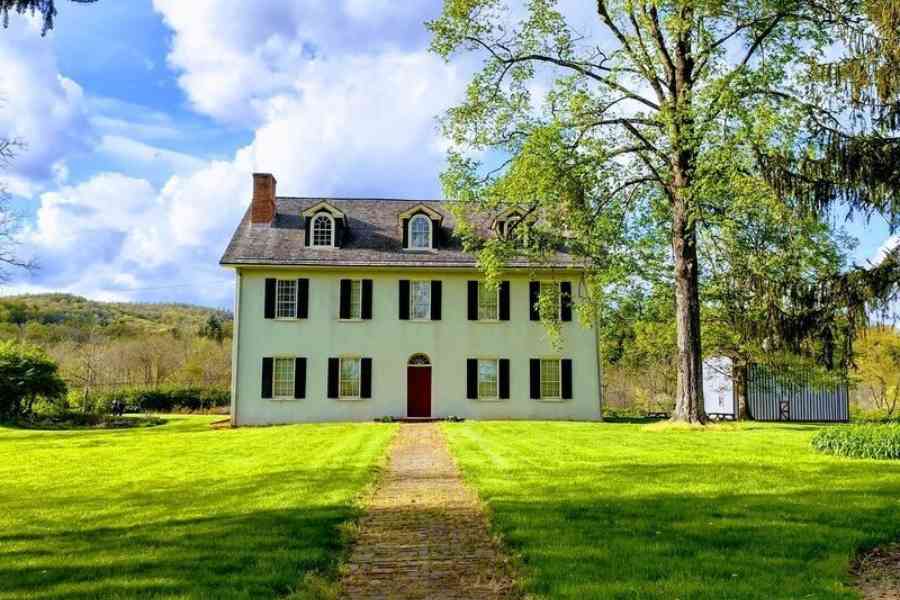Curtin Mansion marks 50 years of tours
When Eagle Iron Works stopped producing pig iron in 1921, it had been the longest-operating cold-blast charcoal ironworks in Pennsylvania. During its 112-year run, which included one year of work after smelting ceased, the works smelted and forged iron throughout a period of massive change in Centre County and the United States, surviving long after the iron and steel industries had evolved.
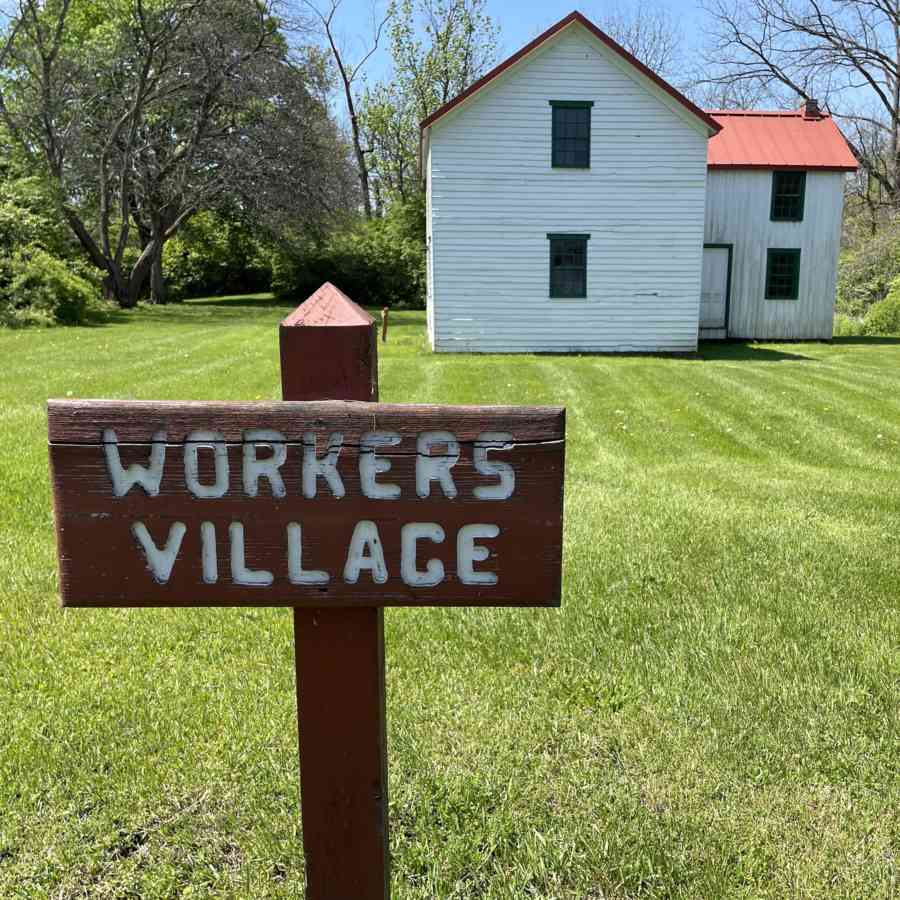
This year, Eagle Iron Works and Curtin Village will celebrate 50 years of tours in the Roland Curtin Mansion, a federalist-style home built for Roland Curtin Sr.’s family completed in 1831, situated among the grounds of the ironworks and accompanying workers’ village. The limestone-walled home is composed of 15 rooms across three floors restored in the 1970s to its 1850s appearance. It’s an excellent addition to the 19th-century history found across Centre County, featuring period furnishings, decoration and art, and children’s toys, among other historical items.
The 1974 opening of the mansion to the public was a rocky one, with sparse furnishings and unclear communication, said Sue Hannegan, president of the Roland Curtin Foundation. But still, it marked the salvation of the historical site from being flooded by the damming of Bald Eagle Creek thanks to the efforts of local organizers and supporters. The Roland Curtin Foundation and its supporters spent the next years improving the mansion and restoring the iron furnace, which opened for tours in 1978.
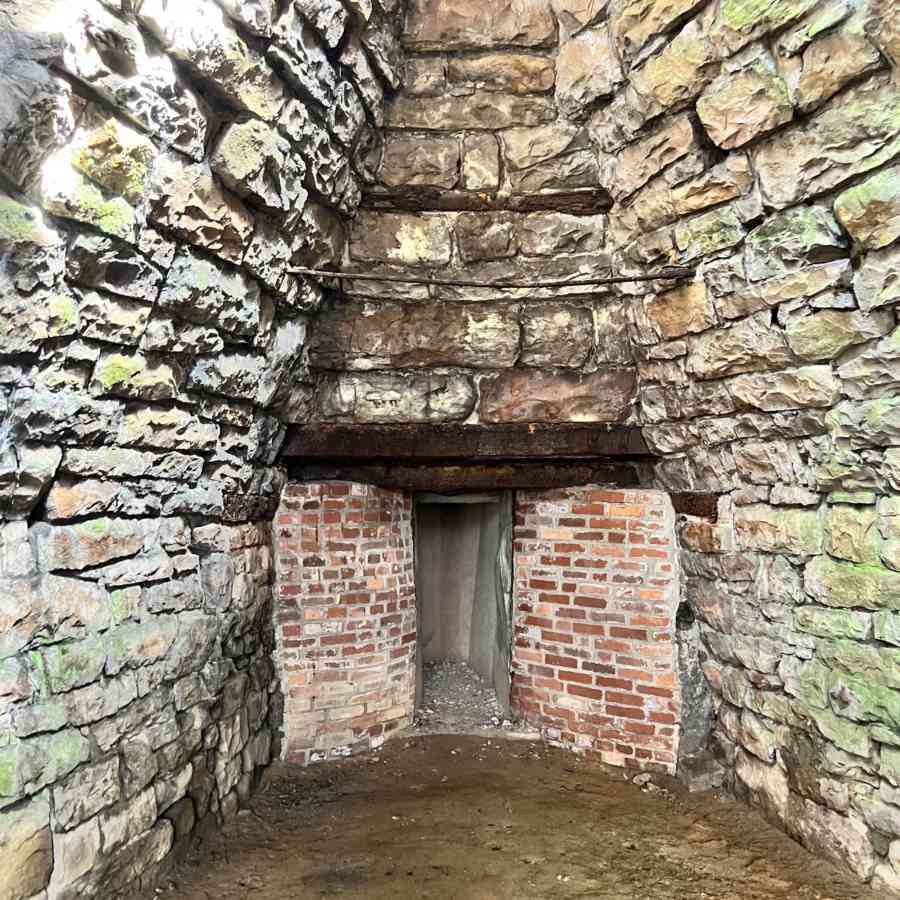
Guided tours are available on the second and fourth Sundays of each month from June through September, and include an inside look at the ironworks and Curtin Mansion. Parties of five or more can request tours by appointment. Guided tours feature actors in period dress and a wealth of interesting items, such as the carriage of Pennsylvania Governor Andrew Curtin. Visitors can take a self-guided walking tour of the grounds any time of the year, seven days per week.
The nearby workers’ village features restored and replicated buildings. Easily recognizable is the formation of the community green which became a sort of village square as quarters, gardens, and even a bandstand sprang up west of the forge and mansion grounds. More than a hundred workers at a time, sometimes as many as 200, would have made their livelihoods in the sweltering heat of the casting house, or as part of one of the many support functions such as farming, blacksmithing, and animal husbandry required to keep the charcoal-hungry operation going and support life in the village.
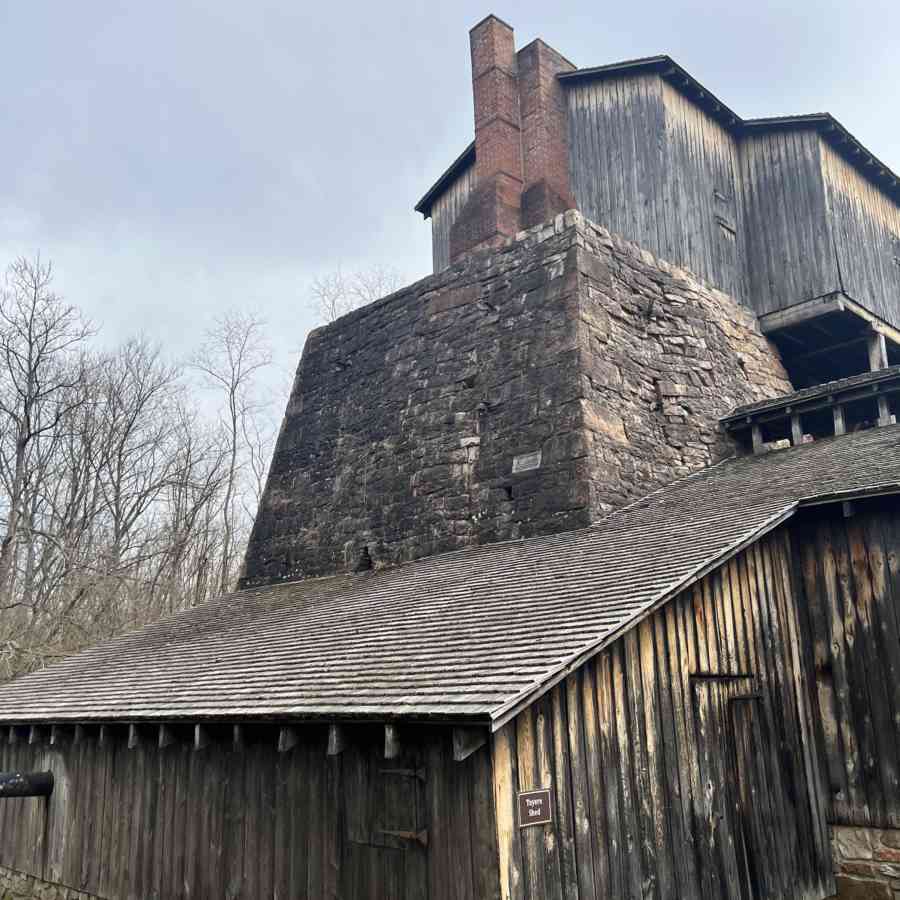
In addition to the mansion and village, visitors can see many existing or rebuilt structures, such as the charging house, where the furnace was filled from above with charcoal, iron ore, and limestone. The blast house shows how a water wheel collected and pumped air into the furnace, fed by a long wooden flume, which was also reconstructed in the 1970s.
Visitors can support the Roland Curtin Foundation through membership or volunteering. Volunteers have the option of a range of different roles, such as weeding and gardening, tours, collections, programs and events, fundraising, and food service. Learn more at curtinvillage.com, or visit the Eagle Iron Works and Curtin Village Facebook page for news, events, and retrospectives.
